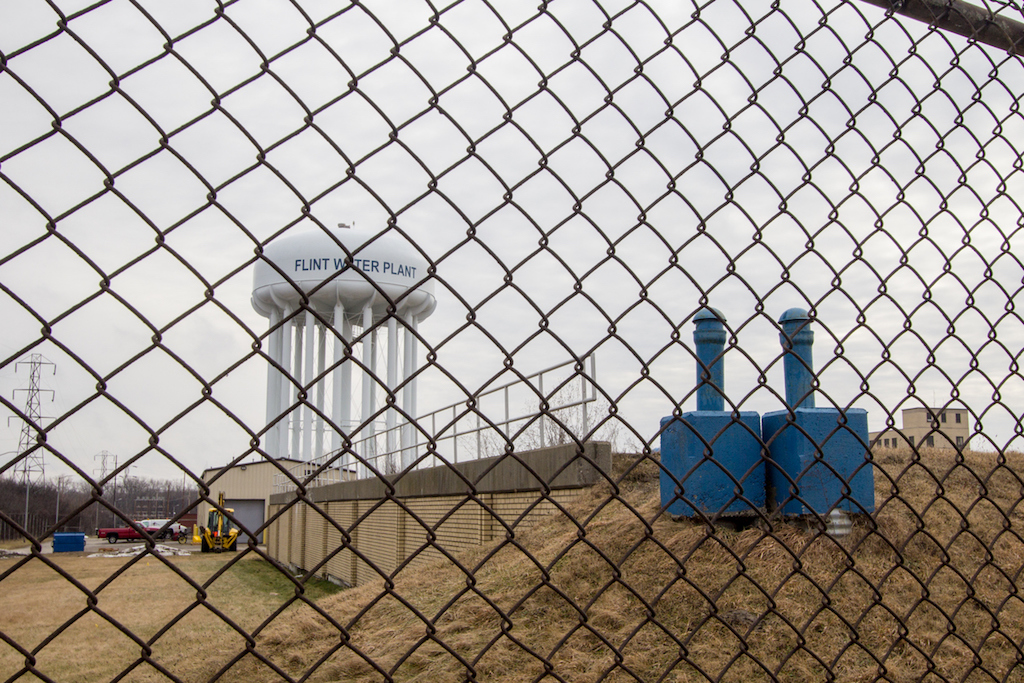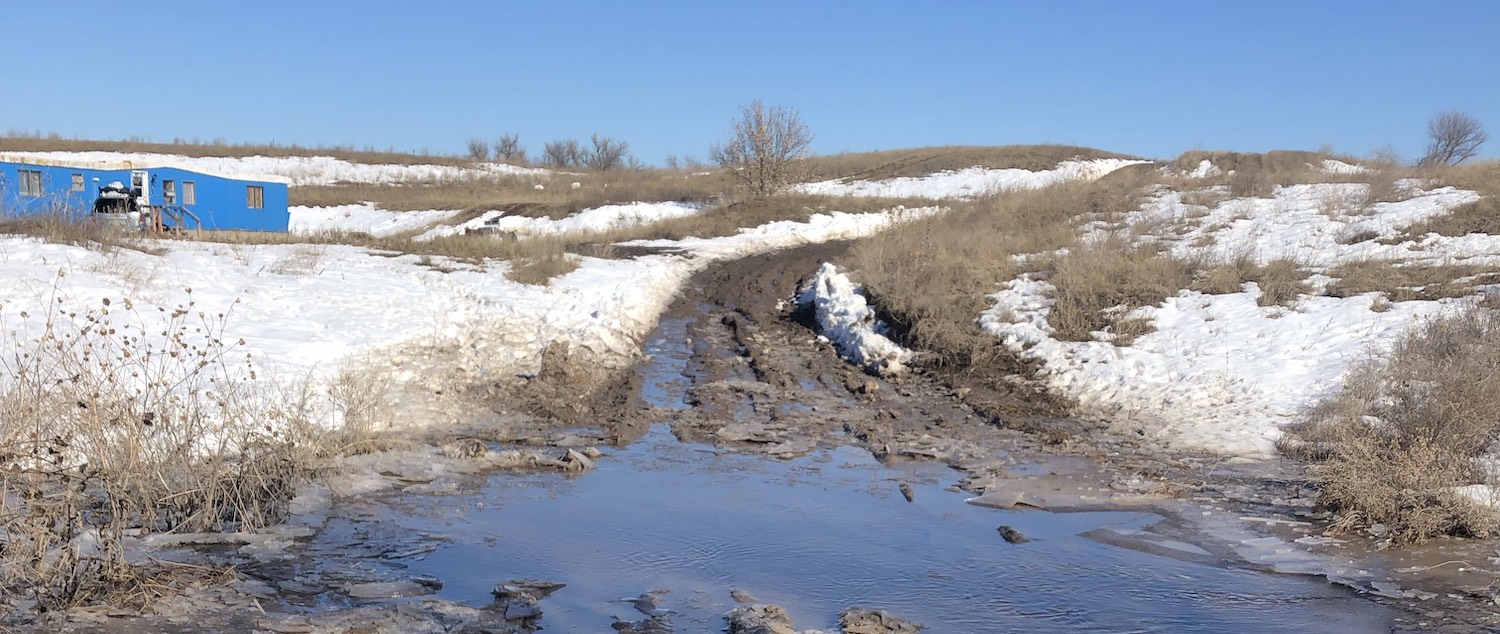
iStock / ehrlif
Water isn’t scarce in Michigan. The state is surrounded by the Great Lakes, which together contain more than one-fifth of the world’s fresh water. Over 40 percent of the state is covered by water. By far, it’s the wettest in the country.
The problem, as we all know by now, is making that water drinkable. As Michigan climbs out of the last Great Recession, it’s becoming clear that it has failed to keep its public infrastructure in good shape, especially when it comes to water. The American Society of Civil Engineers, in a recent infrastructure report card, found that municipalities across the state were facing issues around drinking water scarcity, contamination, and the upgrading of outdated treatment and distribution systems.
Infamously, that was the case in Flint. Four years ago, the city’s then-Mayor Dayne Walling, a Democrat, switched Flint’s drinking water supply from Detroit’s Lake Huron to its own supply on the Flint River. For more than a century, factories and residents had been dumping toxic chemicals into the river. The polluted water was not properly treated, which corroded lead pipes and caused further contamination.
A new rule, expected to go into effect in two weeks, should theoretically prevent that from ever happening again.
Michigan’s Republican Governor Rick Snyder, however, thinks those provisions are ineffective. Two years ago, undoubtedly feeling the heat from Flint’s water crisis, Snyder declared members of his administration “aren’t going to wait for the federal government” to do more to update those standards, and said he would go ahead and try to improve the state’s water supply himself.
Under the regulations that resulted from Snyder’s decree, which together are known as the Supplying Water to the Public Rule, water utility companies in Michigan will have to keep better track of where lead service lines are located in their system, and remove all 460,000 of them within 20 years. That would make Michigan only the third state to set such a goal.
The new regulations appear to be preempting work that’s currently underway in Flint. Under a court-ordered public works program, Flint is already replacing its lead pipes, and galvanized pipes that were corroded by the river water. To date, more than 6,200 pipes connecting Flint homes and businesses with city water mains have been replaced, with a goal to replace 18,000 lead service lines by 2020.
That update is seen as a win for public health. Even though most lead contamination in water results from old plumbing in homes, lead can also leach into drinking water from old service lines. Lead has been banned as a building material in new plumbing systems since 1986, but remains common in drinking water infrastructure. Today, nearly a third of municipal water systems report using lead service lines.
But critics point out that lead pipes alone weren’t what caused the contamination in Flint. When the city switched its water supply, it did not add chemicals normally used to prevent lead pipe corrosion. According to municipal engineers, proper treatment would have prevented the water from stripping the pipes’ layers of protective coatings, and thus, collecting lead as it was delivered to homes. Kelly Karll, a municipal engineer, noted in an interview with Governing that Michigan’s new regulations do not require cities to conduct corrosion control studies when switching water supplies.
Currently, the federal threshold for lead contamination is 15 parts per billion. Michigan’s new regulations are lower, at 12 parts per billion, making them the toughest in the country. MPR found that standard could take scores of cities currently buying water from Detroit’s Great Lakes Water Authority out of compliance. Another engineer interviewed by Governing questions the efficacy of that standard. “We’re not sure where 12 parts per billion came from, but it doesn’t appear to be based in science,” she said.
Whether this heightened scrutiny of Michigan’s water system has anything to do with the news that Nestlé has been bottling well water for a pittance—a $200 permitting fee to the state, and $313,000 in fees to the town of Evart, where one of the wells is located—is hard to say. At least one politician, Republican State Representative Peter Lucido, had hoped to fund upgrades to the state’s water infrastructure by levying a 5-cent-per-gallon tax on the Swiss giant and other water bottlers. But since Lucido introduced a bill to do just that on October 18, 2017, the proposal has barely moved an inch.
While state documents show that the regulations were scheduled for last year, Governing is reporting they could finally go into effect in June.










